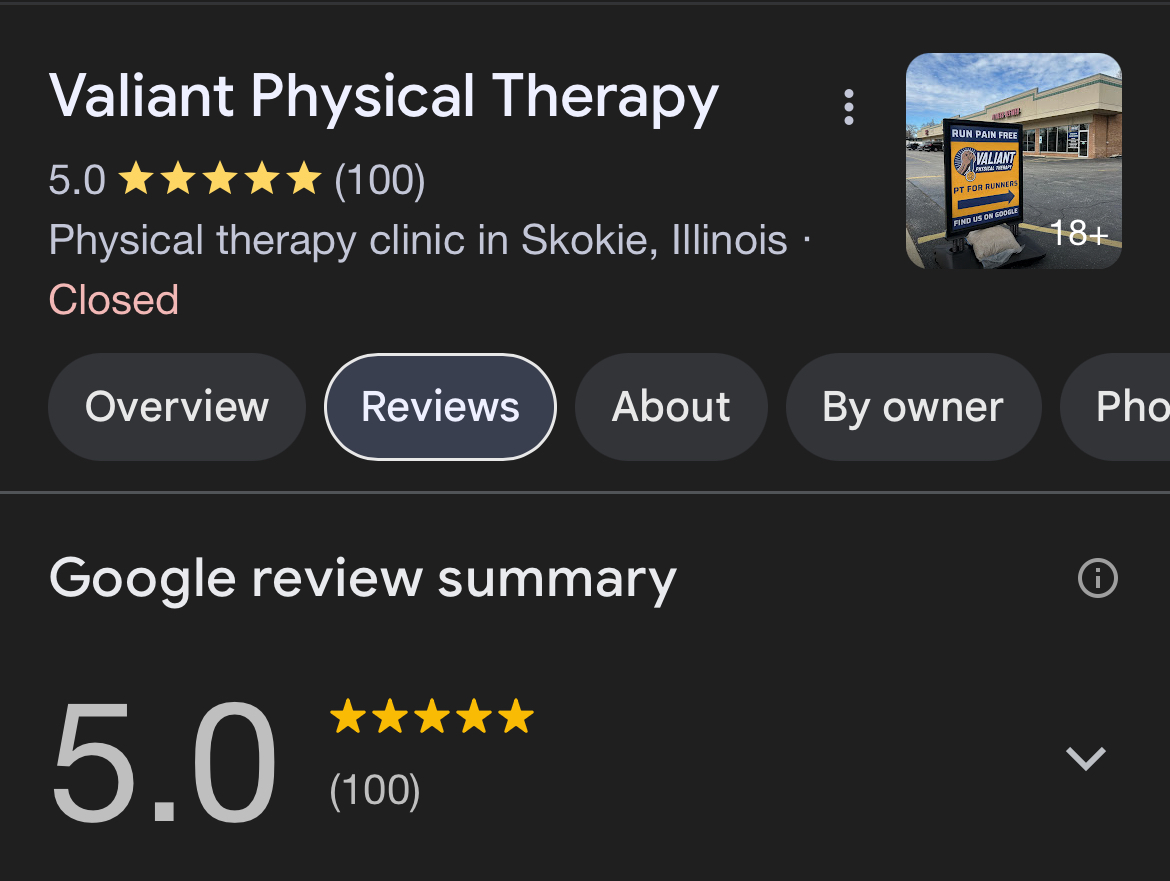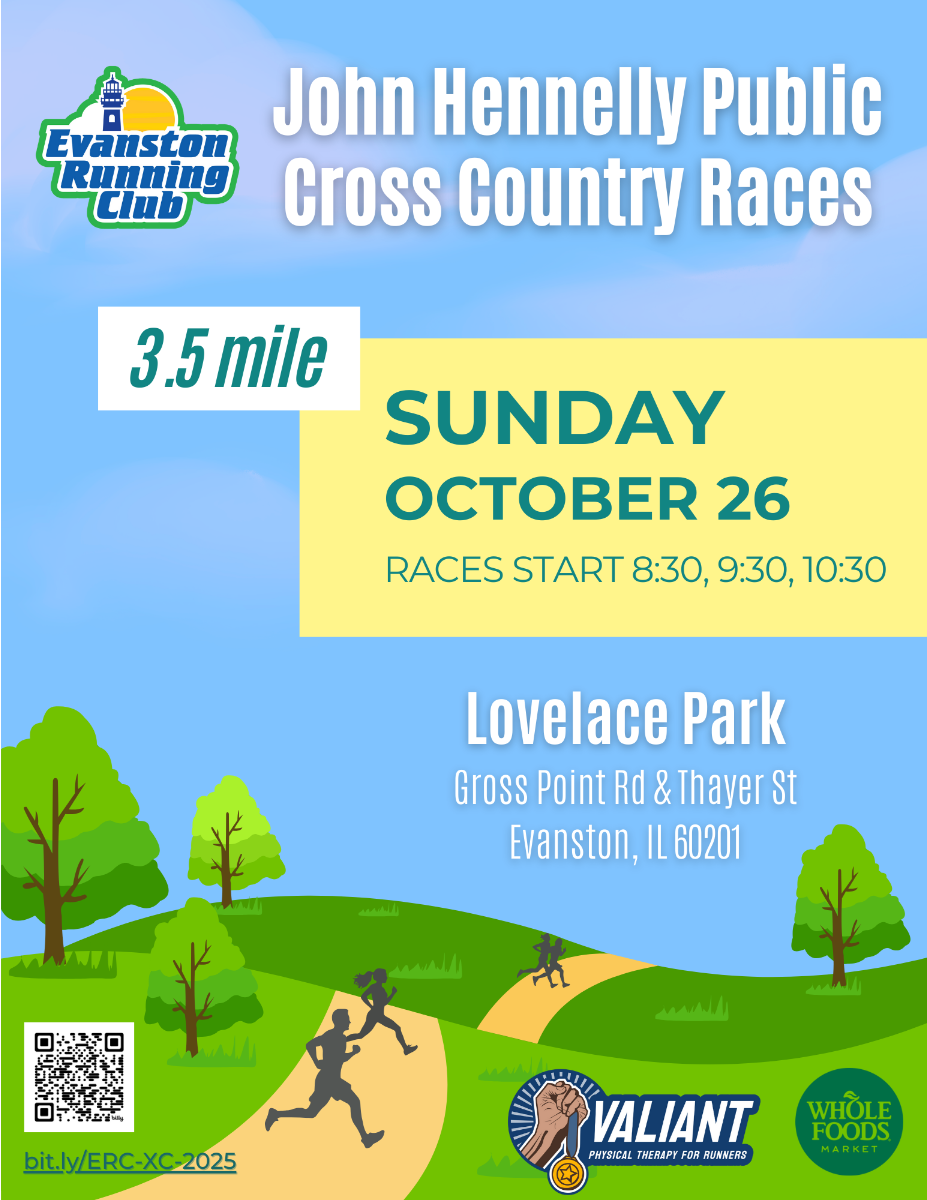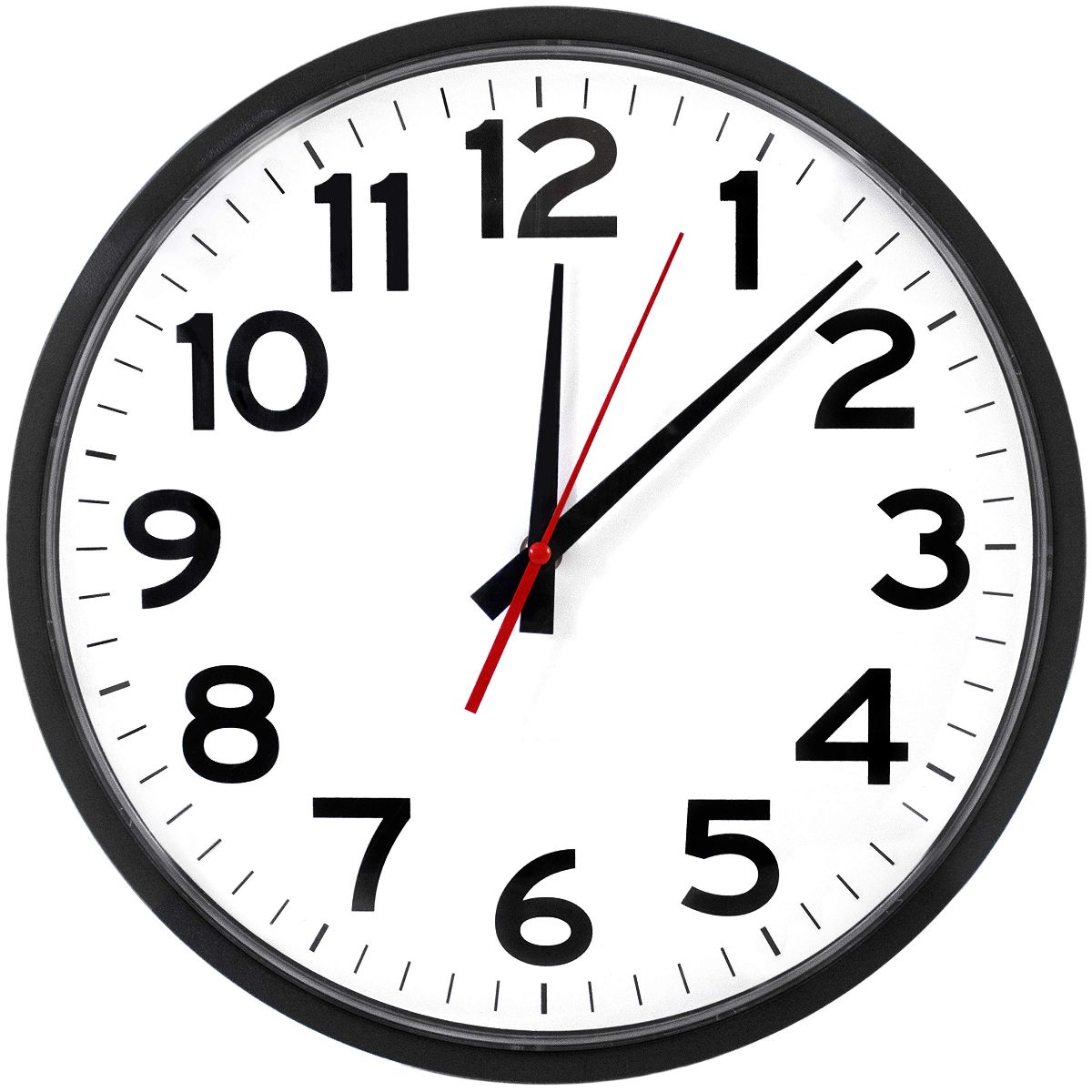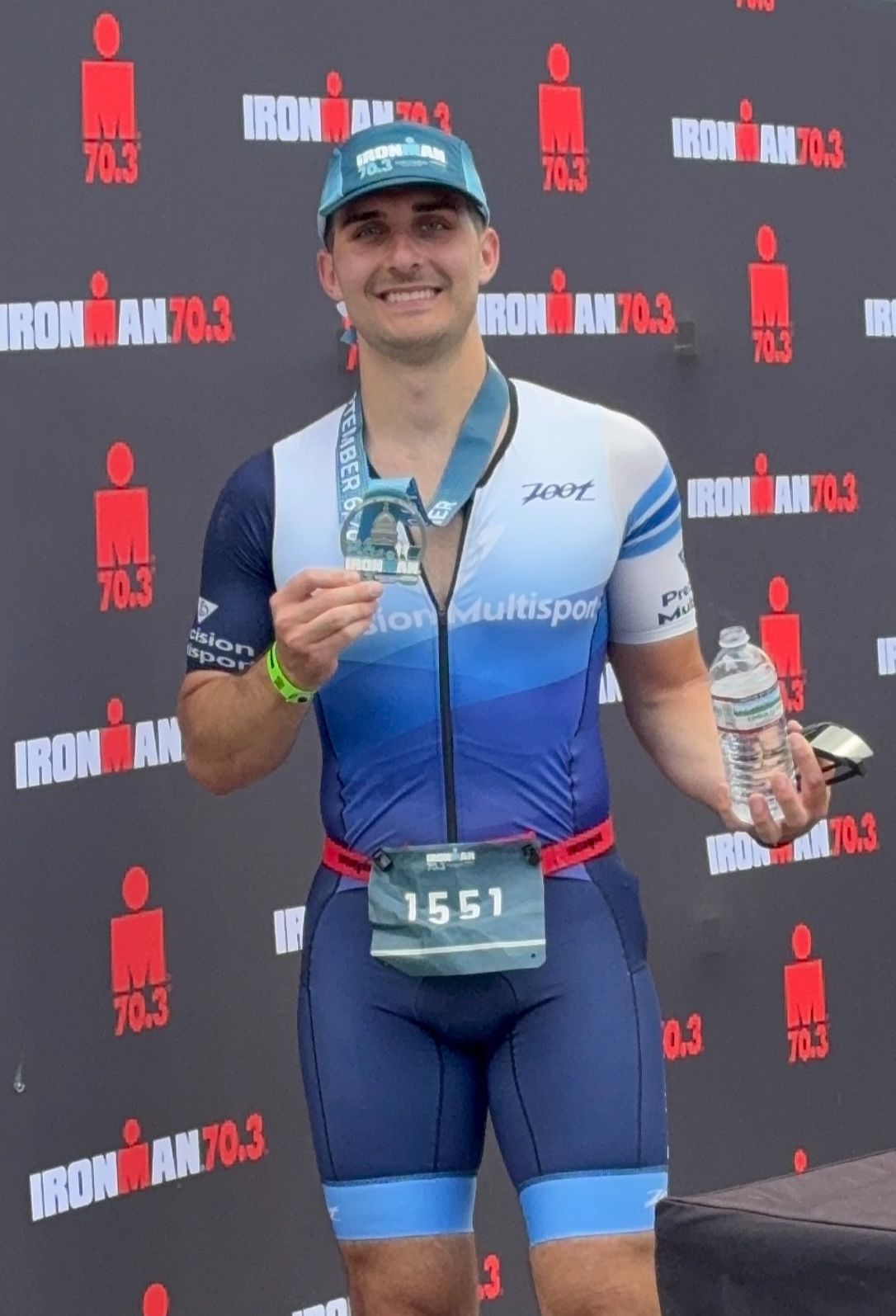
Reading Time: 3mins

Over the past few weeks I’ve designed tens of different return to run programs for my patients. All my programs are slightly different because each patient is different and they’re rehabbing from different injuries.
Sometimes I’ll start people with running a mile, sometimes two. Sometimes I get people started on a run/walk program with different intervals.
Sometimes 4 minutes of running and 1 minute of walking. Sometimes 1 minute of running and 4 minutes of walking.
20 minutes total volume. 10 minutes. 30 minutes sometimes.
Sometimes I’ll have people stay on the treadmill for a couple weeks to work on some specific running technique things before they go out on the road.
There is a long list of variables that can be edited in designing a return-to-run program that is unique for each individual and each situation.
But there is 1 detail that is ALWAYS the same for ALL my return to run programming no matter what’s going on with the patient: starting with non-consecutive running days
When getting back into running, don’t run on back-to-back days
Whenever you’re returning to running after some time off from injury, the most important thing to gauge is how well your injured area can handle running again.
Having a day OFF of running after a running day gives us a sense for how the area did. It gives us a chance to pause, assess, and make changes as needed.
If you run on Tuesday, it didn’t go well, and are super sore on Wednesday, it won’t be a good idea to run on Wednesday. Now, that makes obvious sense when you’re reading it and thinking about it.
But when you’ve been off running for some time and you’re just trying to get back to running as quickly as possible, it’s hard to be honest about how you’re actually feeling and what you should actually do.
You might think that this is a pain you can push through or maybe it’s just muscle soreness.
And that very well might be true. But if you’re PLANNING to run as much as you can, go based on feel, and try to get back as soon as possible, you’re setting yourself up for failure.
Entering a return-to-run program with the EXPECTATION that you’re going to have a day off after a running day to ASSESS symptoms, gets your mind in the right spot to actually progress at a pace your bones/muscle/tendon/body can handle.
A ton of variables regarding running after injury can vary but running on non-consecutive days is not negotiable.
If you or someone you know has been struggling with a running related injury and trying to treat it by yourself, please, do yourself a favor and book a free call with me to see if I can help.
Over the phone we’ll talk about your specific problems and see if we’re a good fit to work together. If so, we’ll work on establishing a specific rehab plan that is tailored to you and your specific needs/goals. Don’t get sidelined by injury without a professional in your corner.
Your best is yet to come!
Dr. Michael







